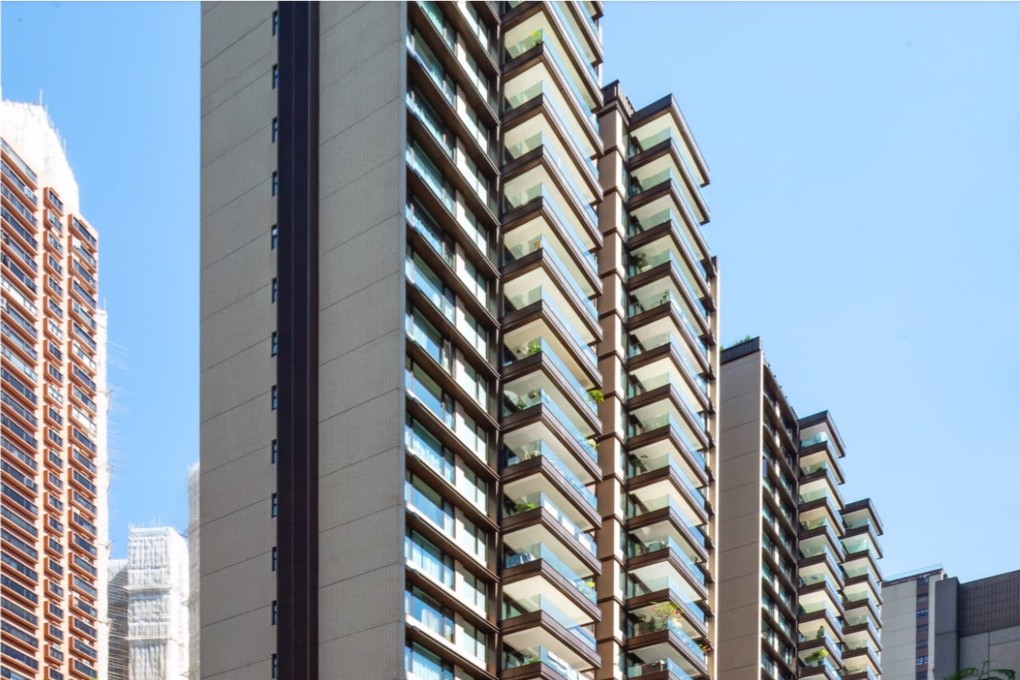Editorial | Post-virus property landscape must be taken into account
- With Covid-19 emptying Hong Kong’s offices and shops, forcing down rents, there is need to take a long, hard look at planned developments and those already under construction

Major development plans are, by their nature, long-term. While health experts had long been predicting another pandemic, the scale of Covid-19 was not anticipated. Nor could the political unrest that erupted in 2019 and the measures put in place by Beijing last June have been foreseen. However, the Kowloon East revitalisation scheme centred on the former Kai Tak airport site was well under way and the government had put unstoppable energy into its Lantau Tomorrow Vision of 1,000 hectares of land on artificial islands.
Hong Kong’s then-booming financial and service sectors and large numbers of regional headquarters and offices of multinational companies requiring quality space were understandably seen as justification to create new business districts. The Kowloon East project envisages about 2 million square metres of commercial space in the 320-hectare Kai Tak site alone, with 4 million square metres projected for the islands off Lantau. Relocation of government offices from Wan Chai to Kowloon East will create further opportunities.
But the 2019 protests and their aftermath coupled with Covid-19 have hit the office and retail sectors hard. Property agents estimate the vacancy level in the office market is as much as 12 per cent. Mainland tourists, who drove the retail sector, are unlikely to return in the same numbers in the foreseeable future, leading to a plunge in sales, especially at the luxury end of the market; firms are either downsizing or relocating headquarters or staff.
Grade A office rents are at 2015 levels and those for retail at 2003 rates. Covid-19 has lessened demand for office and retail space, with some employees being given the flexibility of working from home and online shopping now increasingly popular. But lower rents mean more opportunities for entrepreneurs, as does the Greater Bay Area and Hong Kong’s stock listing attractiveness. As vaccines to tackle the virus are introduced, there will also be a gradual rebound of fortunes. Authorities need to closely monitor changes to avoid a significant mismatch in supply and demand.

